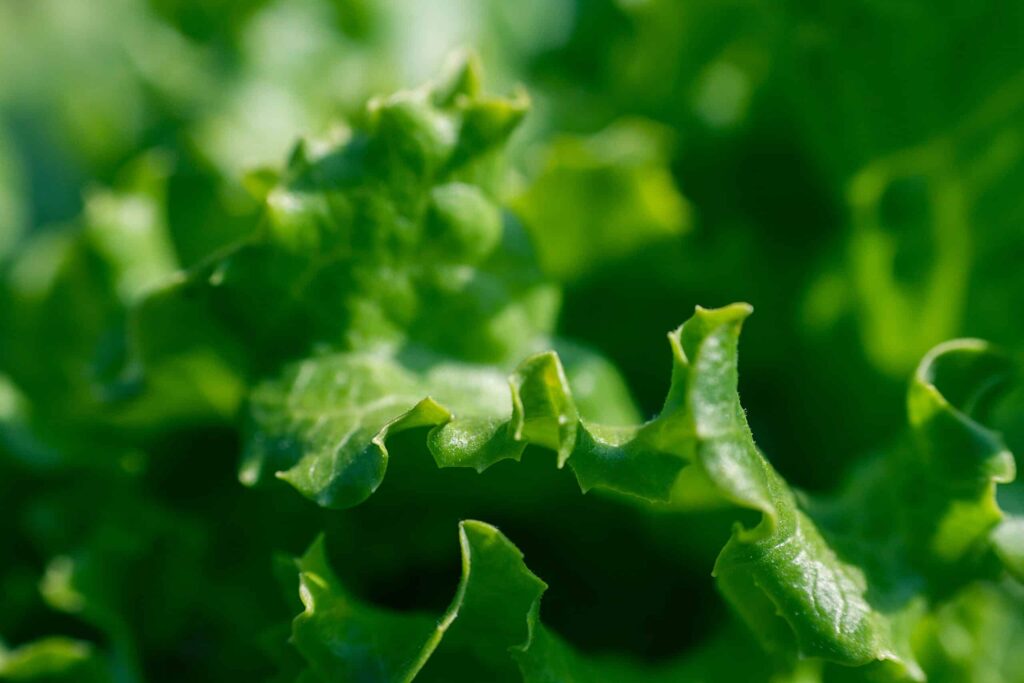Over the past several months, we’ve seen a significant spike in press coverage surrounding a wide range of Agriculture Technology, or AgTech. From vertical farms to “crop surveillance drones” aimed at increasing yields and feeding our increasingly crowded planet.
From the Huffington Post, to Forbes, and even Monsanto, it seems like everyone is asking different forms of the same question:
“How are we going to feed 9 billion people over the next 35 years?”
To see an example of this, look no further than the USA Pavilion at this year’s World’s Fair in Milan, Italy. Their “I am 1 in 9 Billion” statue stands to bring the gravity of this increasingly complex situation to life for 20+ million visitors over the course of the Expo.
A video posted by USA Pavilion 2015 (@usapavilion2015) on
One thing’s for certain: with the expected population increase, we’re going to have to think very creatively over the next 35 years.
We’re going to need new ideas from fresh perspectives not only to solve the problems we’re currently facing with agriculture, but also the enormous economic and environmental challenges that come with feeding a few more billion people.
But 2050 is – relatively speaking – a long way off.
We’ve got enough problems to innovate our way out of when it comes to giving access to more reliable or economical food (or food in general for that matter).
So while it’s important to start strategizing to feed 9 billion people in 2050, I can’t help but wonder if we shouldn’t be thinking about feeding people in 2015…
So what’s the next step for the “future of farming?”
Without a doubt, the next step for the future of food comes down to growing food in traditionally underused and overlooked places.
Growing more [real, healthy, and flavorful] local food in the immediate future all comes down to making creative (and productive) use of locations often neglected, underutilized or completely disregarded for their ability to grow food due to traditional economical or environmental constraints.
Why does this unconventional approach to farming matter?
Well, for starters, let me just repeat that the increased press around our collective food future is a very good thing.
The amount of attention the importance of farming and local food is getting is fundamentally good for everyone for a few very important reasons.
1) It reminds us of our humanity and unites us as a species.
2) It gets people outside breathing fresher air and restores the human psyche.
3) It helps us think about problems in new, creative ways and empowers new generations to improve on our methods of growing food.
4) It helps us to introduce new ideas and integrate new tech into the act of farming.
5) And, it breeds innovation and creativity in a traditionally slow-to-evolve industry.
Correcting course
Over the past few years we’ve really begun to see a correction in the way we think about and interact with our food. We’re no longer happy accepting the flaws of our massive centralized food system because it gives us peaches in the winter and makes grocery shopping ultra convenient. We’ve begun to look behind the curtain into Big Ag and see the hidden costs associated with such convenience, especially in the face of the Californian drought.
Today, people want to know their food. They want to take part in growing it, or at least know the farmer who did.
Each new decentralized, local farm, Upstart Farm, or Farm Wall builds more resiliency into our food system and brings more choice to the consumer. Now farmers grow in their cities for their communities and everyone wins.
We are so excited to be apart of this inspired and innovative food movement of individuals who are focusing on, and most importantly TAKING ACTION to solve food sourcing issues as well as proving models that give people more choice when it comes to fresh food for themselves and their families.
These are the people participating in the transformation of our cities and homes, accomplishing the goals of unconventional farming in exciting real ways.
But the farmers we’ve featured here today aren’t just inspiring because they take action.
No, these urban food innovators and renegade gardeners inspire us because they’re moving agriculture forward. They’re evolving the act of growing food to be in tune with our times.
They help us thinking creatively within the confines of our increasingly crowded cities, our increasingly polluted or drought-stricken farmland, or stricter homeowner association laws in the suburbs.
They’re making neglected or blatantly overlooked spaces into productive landscapes and creating short-term, as well as long-term value in the process.
This is our immediate “future of food.”
These are the farmers and organizations leading the new, future-aware agriculture movement.






